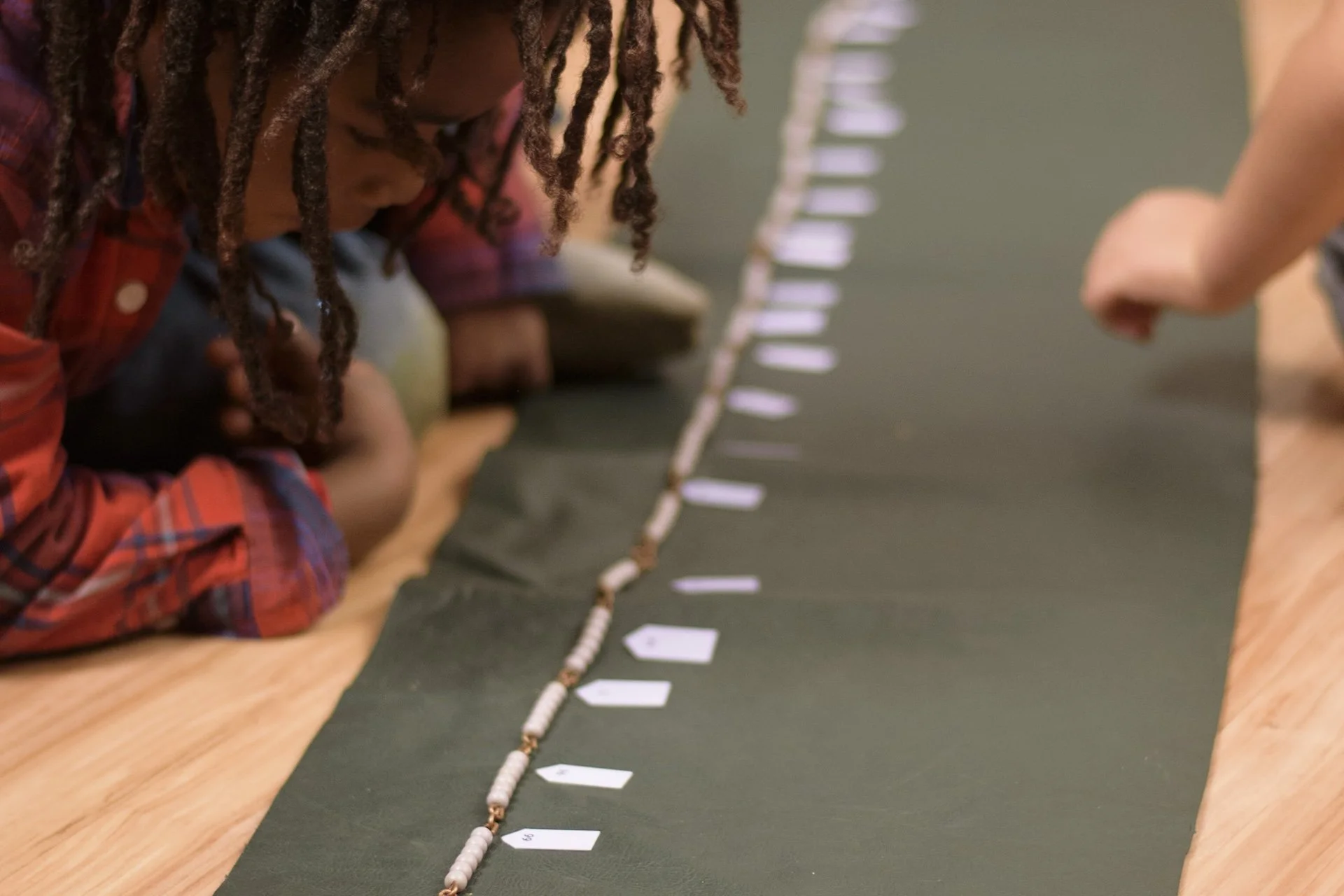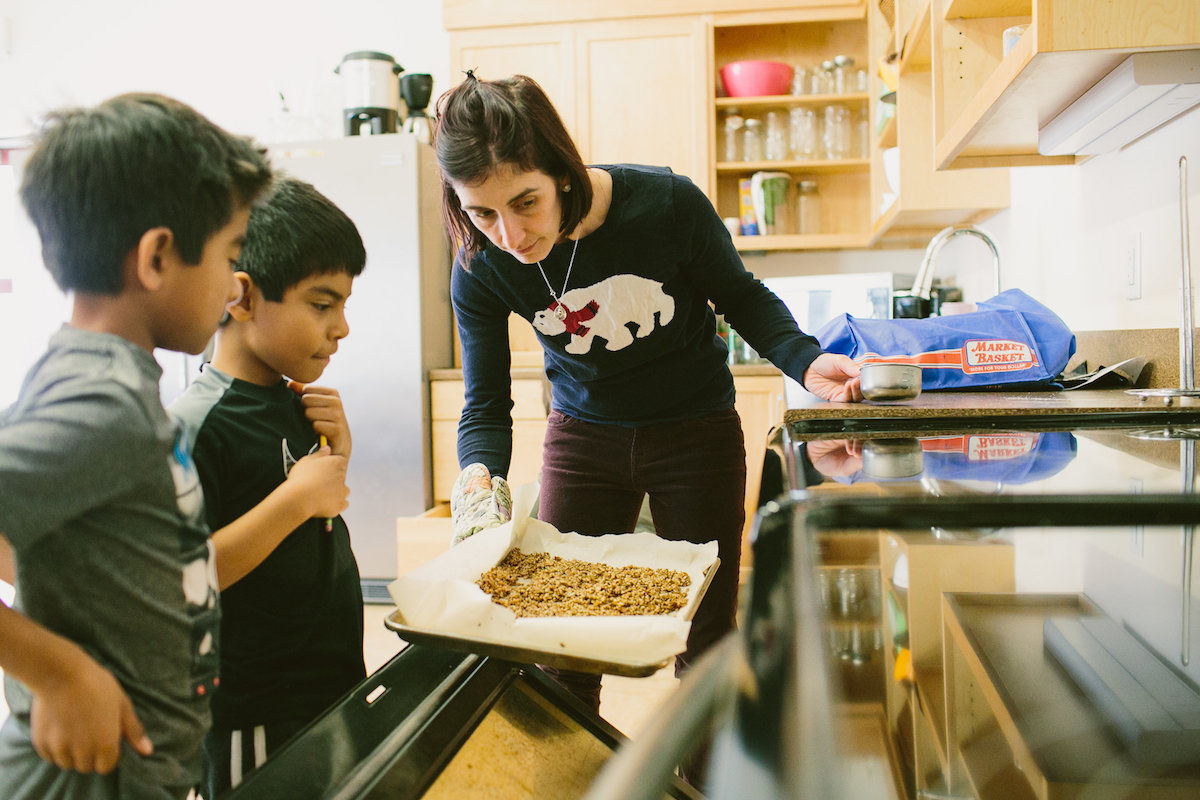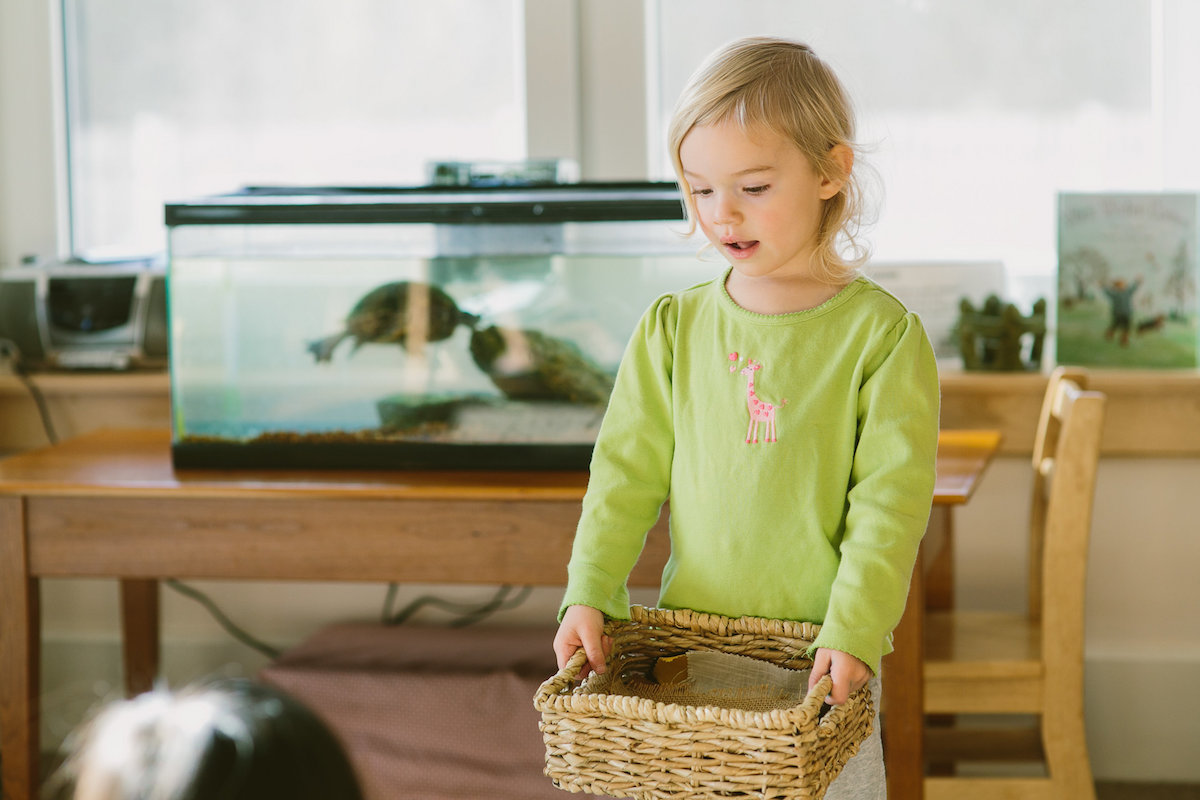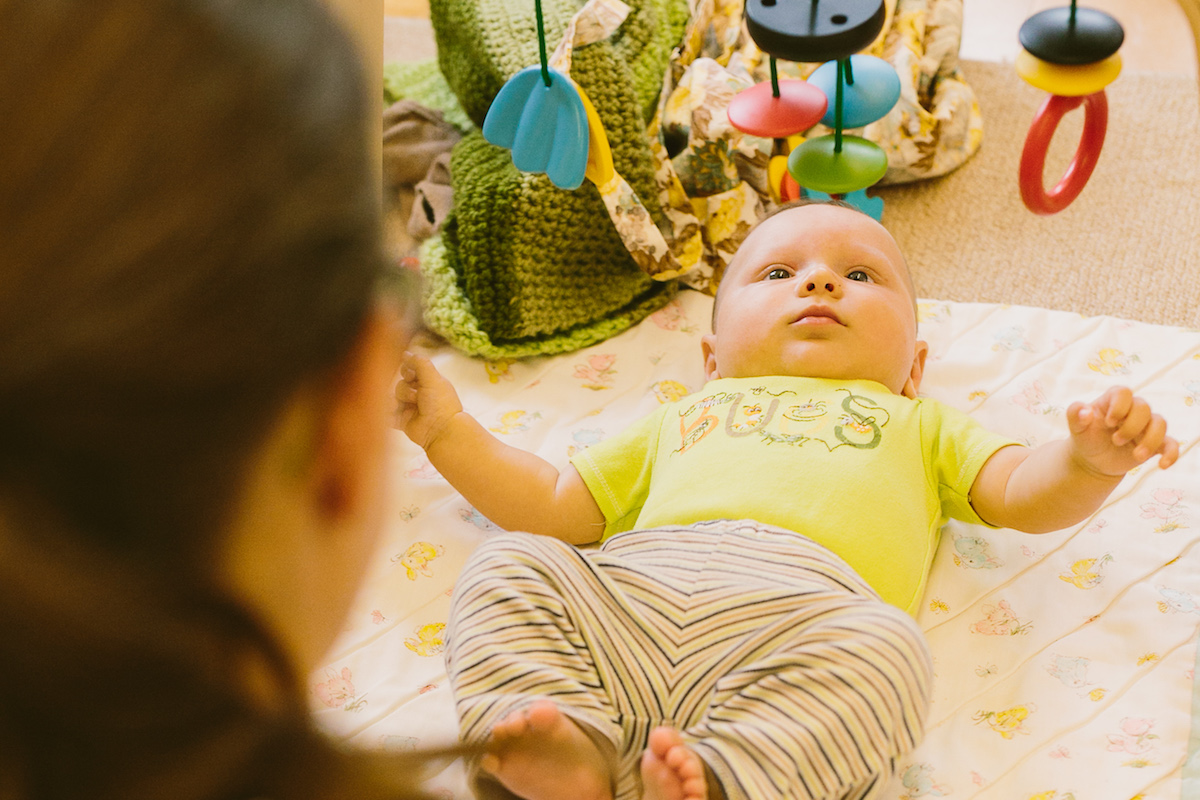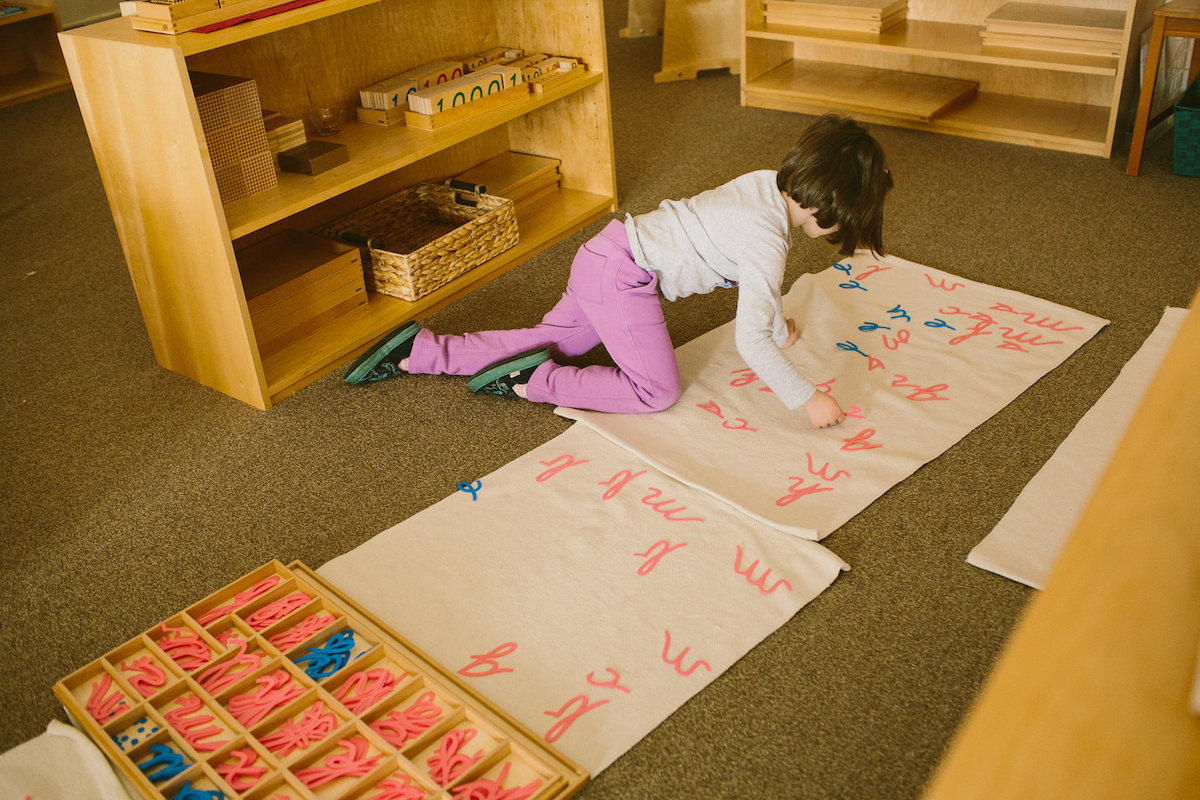Think back to your own fond childhood memories. What sticks out the most? For many people, it’s the little things that leave the biggest impressions. Perhaps it was the cookies you made together every Christmas, or staying up late to watch that special movie that only came on once a year, or maybe even the silly song your parents would sing when it was time to wake up for school. No matter what rituals you remember from when you were young, they meant something to you. As parents, it’s both fun and important to create some for your own children.
First, let’s define ritual. Rituals are based on routines, and routines are a necessary component to raising children who feel safe and loved. While children do need some element of choice in their lives, they benefit greatly from structure as well. For example, a bedtime routine may include starting at the same time every night and completing tasks in a certain order. Doing this allows your child to know what to expect so they can focus their learning and energy on other things. Routines set expectations for the way a household operates.
The shift from routine to ritual is really about the identity of a group of people (in this case, a family). Having dinner each night at 6:00 is part of the routine, but sitting together at a table and each sharing one good thing about the day turns it into a ritual. Rituals create deeper connections between family members, allowing everyone to feel good about the time spent together.
Looking for some ideas? Try a few of the following:
Mealtimes
Make eating dinner together at the table a priority as often as your schedules allow. Even if the meal doesn’t last very long, it can be a nice way to make time for each other.
Add special touches: light a candle each night, or use pretty cloth napkins. Little details that make everyone feel special make a big difference.
Find a way to get the conversation going. Some families share their “roses and thorns” - what’s going on in our lives that we’re not happy about, and what do we have to celebrate?
Daily
Is there a silly element you might add to the morning routine? Sing a song about toothbrushing, dance to a song that gets everyone moving, or make up a handshake.
Meditate together. For kids the key is to keep it short and sweet. Try breathing buddies with your little ones ( https://www.youtube.com/watch?v=scqFHGI_nZE ) or loving-kindness meditation with older children (https://www.youtube.com/watch?v=i9X6tkUXa9o ).
Be sure to sneak in some family cuddle time!
Have a special bedtime routine. Consider having a few special songs to choose from, a special light to use while reading together in bed, or a sweet saying when you tuck them in (your own modern version of “Sleep tight. Don’t let the bedbugs bite!”).
Weekly
Mealtimes are often the easiest way to build in regular rituals. Think Taco Tuesdays, breakfast for dinner day, and ordering a pizza on Friday nights.
Find something local that you can do every weekend. Some families go to church while other visit their farmer’s market.
Make a fun time out of cleaning the house together (really!). Even your toddler can have a blast with a dustpan, and elementary-aged children and teenagers can be so helpful. All family members will have a sense of contribution and togetherness. Play some upbeat music that you know will get everyone moving!
Holidays
Most families have these rituals in place already. Holiday rituals are often sacred to us; they’re the ones we carry on from our own childhoods and are eager to share them with our children. Consider whether you already have some of the following rituals in place:
Special foods for different holidays
Songs that you can sing together in celebration
Movies that you watch each year
Gatherings you host or attend together
Other ideas
Go camping together once or twice a year. The whole process, from packing to setting up the tent is packed with unforgettable rituals.
Stay up late to witness special astronomical events outdoors.
Volunteer together. Shop for a can drive, help out at an animal shelter, or spend time at your local soup kitchen.
Enjoy seasonal outdoor activities together. Go apple picking every year, make a snowman, hike, or go swimming.
We would love to hear more ideas. Please share any unique ritual ideas your family enjoys together!
Want to learn more?
Family Routines and Rituals May Improve Family Relationships and Health, According to 50-Year Research Review
https://www.apa.org/news/press/releases/2002/12/rituals
Why Family Routines and Rituals Are Important
https://www.evergreenpsychotherapycenter.com/family-routines-rituals-important/
Family Rituals: What Are They?
https://raisingchildren.net.au/babies/family-life/routines-rituals/family-rituals
